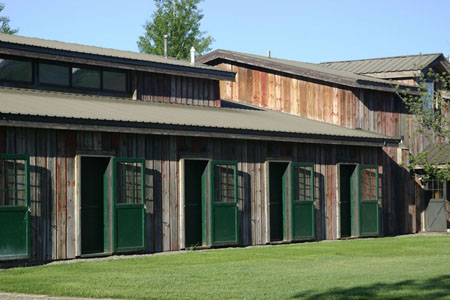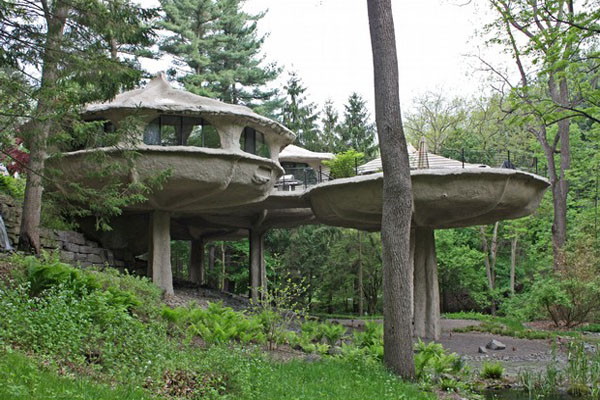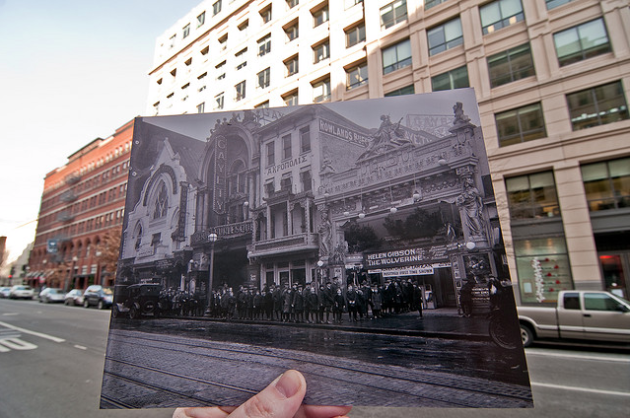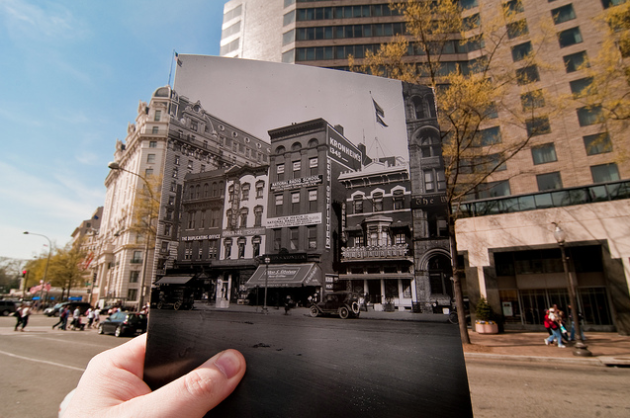Dirt-caked bathtubs, molding refrigerators and mystery stains are just a few of the horrors travelers say they’ve found at the Grand Resort Hotel and Convention Center in Pigeon Forge, Tenn. In the past year, disgruntled and disturbed guests have called the hotel everything from “cockroach heaven” to a “filthy, disgusting dump” and have plastered the Internet with sordid photographic evidence to prove it. That’s bad news for the Grand Resort Hotel since generally the number one reason guests don’t return to a hotel is because of cleanliness issues, says Howard Adler, director of Purdue University’s Center for the Study of Lodging Operations.
From a dilapidated California inn to a mold-infested Myrtle Beach flophouse, these are America’s 10 filthiest hotels, according to a survey of reviews from 2010 on the travel website TripAdvisor.
America's Dirtiest Hotels
#1 Grand Resort Hotel & Convention Center, Pigeon Forge, TN
#2 Jack London Inn, Oakland, CA
#3 Desert Inn Resort, Daytona Beach, FL
#4 Hotel Carter, New York City, NY
#5 Polynesian Beach & Golf Resort, Myrtle Beach, SC
#6 Atlantic Beach Hotel, Miami Beach, FL
#7 Rodeway Inn, Williamsville, NY
#8 Super 8 Estes Park, near Denver, CO
#9 Palm Grove Hotel and Suites, Virginia Beach, VA
#10 Econo Lodge Newark International Airport, Elizabeth, NJ
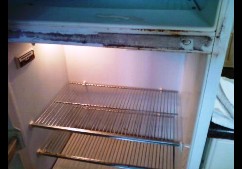
The Grand Resort Hotel & Convention Center in Pigeon Forge, TN, ranked the dirtiest hotel by TripAdvisor members in their 2010 reviews.
Photo: Courtesy of TripAdvisor
Karen Drake, senior director of communications for TripAdvisor, said that overall, traveler ratings for cleanliness are climbing, but “some properties still need to clean up their act. All told, 85 percent of TripAdvisor travelers who reviewed these 10 properties recommend against staying there.”
All hotels on the list were contacted and offered the chance to comment.
The grand champion: the aforementioned Grand Resort Hotel, cited by reviewers for “chewing tobacco spit oozing down the halls and corridors; spiders actively making webs in every corner of your room,” and “carpeting so greasy and dirty you wouldn’t want to sit your luggage down, let alone walk around barefoot.” Photos uploaded to TripAdvisor by guests of the hotel show an unsettling tableau of bed stains, peeling paint and blackened refrigerators.
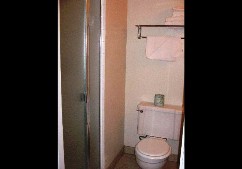
Toilet and shower in the Jack London Inn, Oakland, CA
Photo: Courtesy of TripAdvisor
No. 2 on the list: the Jack London Inn in Oakland, Calif. Reviewers complained the parking lot “resembled a post-apocalyptic junk yard,” and noted hallways “reeked of cigarette smoke, body odor and failure.” Another recent guest deemed the hotel’s bed uninhabitable and opted instead to buy an air mattress.
Peeling ceilings, cracked walls and cigarette burns, plus a dirty Jacuzzi, “a few small bugs” on the bed’s box spring, and a balcony littered with old cigarette butts made the Desert Inn Resort in Dayton Beach, Fla., the third dirtiest U.S. hotel, according to reviewers.
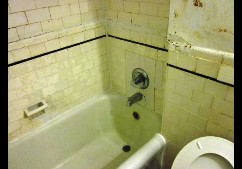
A bathroom in a room at the Hotel Carter, New York City, NY
Photo: Courtesy of TripAdvisor
The Hotel Carter in New York, No. 4 on the list, has appeared in TripAdvisor’s annual ranking five of the six times it has been published. A Hotel Carter representative wrote in an e-mail that improvements are currently being made on “bed[s], windows, ac, tv, carpets, fixtures” in a gradual, floor-by-floor approach. The Times Square establishment insists that its rooms have been fully booked since April.
The 10 hotels’ appearance on TripAdvisor’s list, published in January, does not appear to have galvanized any of them to clean up their act: Members’ reviews from April until last week continue to give the hotels the lowest possible cleanliness rating.

Garbage piling up at Polynesian Beach & Golf Resort, Myrtle Beach, SC
Photo: Courtesy of TripAdvisor
On July 12, one member said the room at the Grand Resort Hotel and Convention Center “smelled, the beds looked like someone had rolled all in them,” while “the chairs had stains.”
A guest at the Hotel Carter wrote on June 24 that the room phone “was dirty, there was no ironing board…I remove the top sheet to get in the bed and there were blood stains on the sheets underneath.” The hotel’s policy “is after ten minutes in the room they won’t give you a refund. We left fast!” the member said.
If America’s dirtiest hotels think lower prices can lure customers in spite of peeling paint and roach infestations, they’re wrong. “Long term a hotel cannot weather a bad reputation especially for cleanliness–even if it continues to offer discounts or money off when a guest has a problem–word of mouth–either directly or through the internet by blogs or reviews–can be devastating,” says Purdue University’s Adler.
appraisal services, appraisal management company, coester appraisal, fha minimum property standards, best appraisal management company, reverse mortgage appraisal companies, property tax appeal





